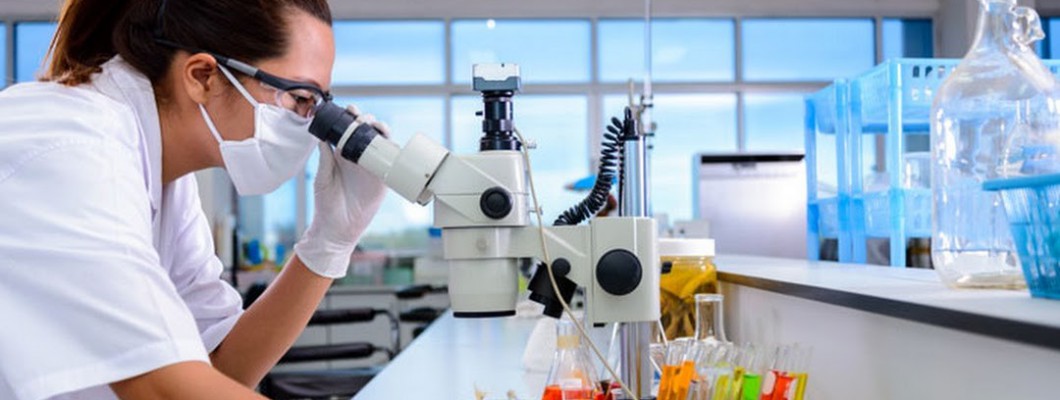15 Sep


Diagnostic labs are equipped with a variety of specialized tools and instruments to perform tests that aid in the diagnosis and management of diseases. Here’s a comprehensive list of equipment commonly used in diagnostic laboratories:
1. Microscopes
- Light Microscope: For examining specimens, tissues, and cells.
- Electron Microscope: Provides high-resolution images for detailed analysis.
2. Centrifuges
- Standard Centrifuge: Separates components of blood and other fluids.
- Microcentrifuge: Used for small sample volumes, often in molecular biology.
3. Autoclaves
- Sterilization equipment for instruments and materials using high-pressure steam.
4. Incubators
- Maintain controlled environments for growing cultures and microorganisms.
5. Refrigerators and Freezers
- Used for storing samples, reagents, and other perishable laboratory items.
6. Analyzers
- Hematology Analyzer: Counts blood cells and assesses blood composition.
- Biochemistry Analyzer: Performs a variety of chemical tests on blood and other fluids.
- Immunoassay Analyzer: Measures specific substances, such as hormones or antibodies.
7. Spectrophotometers
- Measure the intensity of light absorbed by samples, used for quantifying concentrations of substances.
8. PCR Machines (Thermal Cyclers)
- Amplify DNA for genetic testing and research purposes.
9. Electrophoresis Equipment
- Used for separating macromolecules like DNA, RNA, and proteins based on size and charge.
10. Blood Gas Analyzers
- Measure gases in the blood, including oxygen and carbon dioxide levels, to assess respiratory function.
11. Quality Control Equipment
- Tools to ensure the accuracy and reliability of test results, including calibration and control standards.
12. Lamina Flow Hoods
- Provide a sterile environment for handling sensitive samples and prevent contamination.
13. Sample Storage Systems
- Includes racks and cryovials for organized and safe storage of specimens.
14. Pipettes and Micropipettes
- Used for precise measurement and transfer of small liquid volumes.
15. Biosafety Cabinets
- Provide a controlled environment to protect users from hazardous materials and pathogens.
16. Test Tubes and Vials
- Various containers for collecting and storing samples.
17. Reagents and Assay Kits
- Chemicals and kits used for performing specific tests and analyses.
18. Syringes and Needles
- Used for sample collection, particularly in blood tests.
Conclusion
Diagnostic laboratories rely on a wide array of equipment to perform tests that are crucial for patient diagnosis and treatment. Each piece of equipment plays a specific role in ensuring accurate, reliable, and timely test results. Proper maintenance, calibration, and operation of this equipment are essential for the lab's overall effectiveness and patient care quality.
